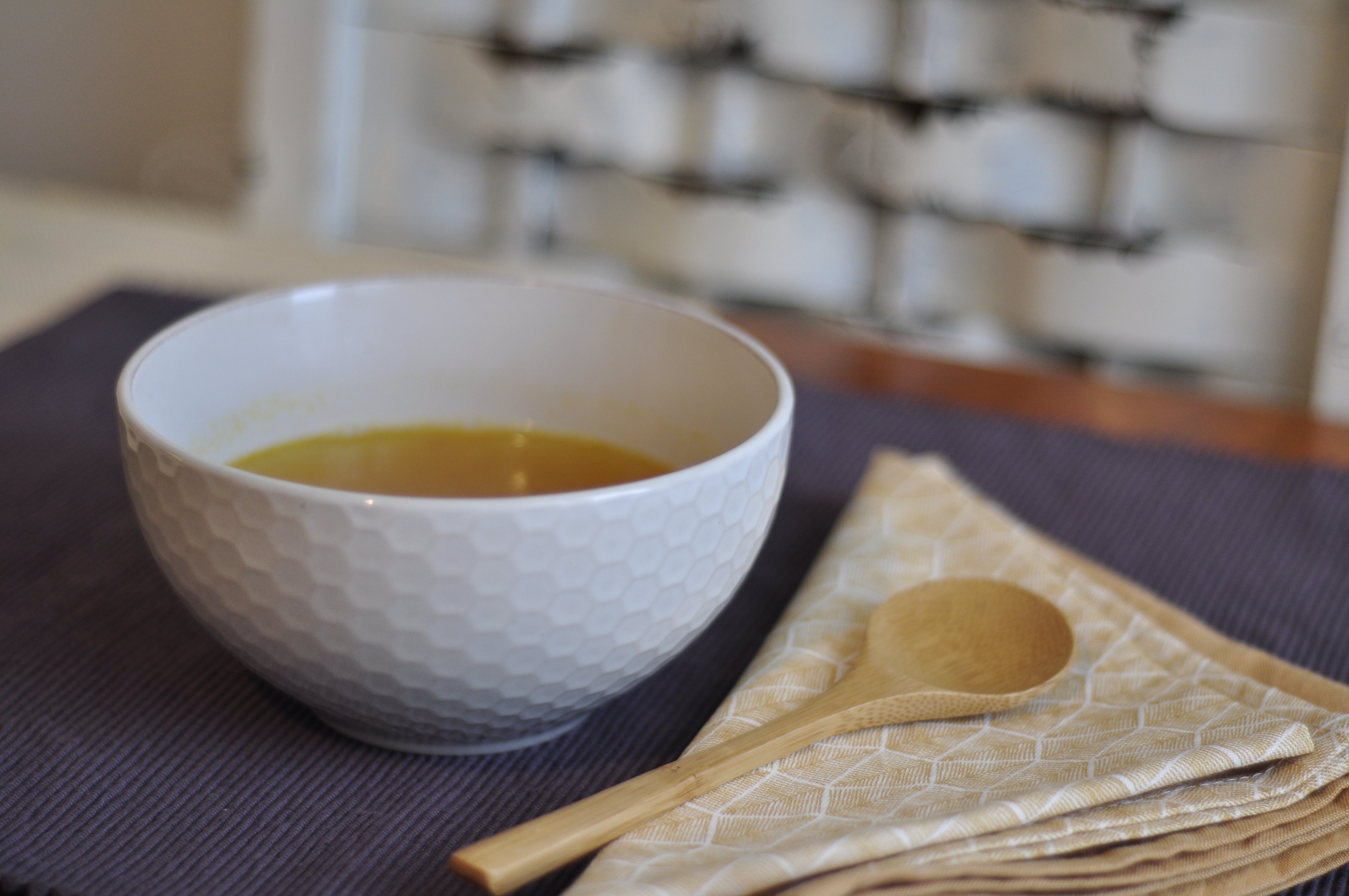Being surrounded by coughing people and feeling a tad under the weather myself, I feel in the perfect mood to present you with a flu-busting soup, the second of Nina Subramani’s Indian recipes for As Soup As Possible YouTube channel.
Let her Kitchen Story warm your stomach and entertain you with this spicy and distinctively South-Indian takkali rasam with toor dal.
I know, you probably have no idea what I’m talking about, but don’t let unfamiliar ingredient names and dishes intimidate you. The Brits didn’t, when – in 18th century Madras – they took one version of rasam, the Tamil mulliga thannir (literally “chili water”), and turned it into their very own mulligatawny soup, the renown curry-based Anglo-Indian dish we know to this day.
Soup as a separate course didn’t belong to Indian food culture, so when the employees of the East India Company stationed in Madras requested soup from their local cooks, they most likely had to thoroughly explain what they meant by that.
The closest match to the British concept of soup in Southern Indian cooking repertoires at that time was rasam – a thin, clear broth infused with pepper and other spices, known for its therapeutic properties against fever, headache or lack of appetite.
So, when the Brits asked for soup, South India responded with a tentative mulliga thannir, a very simple, hot and slightly sour rasam.
The Westerners loved it and, back to their homeland, they wrapped the tamil name around their British tongue – hence the word “mulligatawny” – and adapted the dish to suit their taste as well as the lack of fresh tropical ingredients.
You can do the same: as Nina herself suggests, rasam allows quite some room for variations.
There are few basics requirements to this classic, yet very flexible recipe, that comes in different versions and won’t suffer from a few adjustments, if you need to make them. For instance, I ran out of fresh coriander and topped it with chopped parsley leaves instead; I also replaced fresh tomatoes (out of season and out of flavour, in the Dutch winter) with canned ones, and the result was just as warm and invigorating .
What’s most important is that this drinkable, peppery broth is well infused with its characteristic spices and flavours.
As I mentioned before, a trip to your local Indian store with the right grocery list in your pocket and a explorative mindset should equip you with enough spices and dried legumes to have fun with Indian cuisine for a while. Make sure you have rasam powder and toor dal on that list and you will be halfway closer to your steaming, rewarding bowl of rasam.
Rasam powder is a blend of digestive spices, specially meant for this preparation, but precious to many other dishes (if you dare to just try and experiment with it).
Rasam by Nina Subramani.
Cooking time: about 30′.
Ingredients for 4 servings:
1 cup toor dal (split pigeon peas)
2 fresh tomatoes
3 green chiles
fresh ginger
1 teaspoon of turmeric
2 teaspoons of rasam powder
1 teaspoon of cumin seeds
salt and black pepper
ghee or butter
1 teaspoon of (black) mustard seeds
fresh coriander leaves & lemon juice
(optional: peel from an organic orange)
Instructions:
- Cook the toor dal in a generous amount of water until it softens.
- Dice the tomatoes, slit the green chilies, cut the ginger into strips and place all three ingredients in a cooking pot.
- Cover with water, add 1 teaspoon of turmeric and 2 teaspoons of rasam powder. Let the mix cook down for about 20 minutes over medium heat.
- Add the cooking water from the toor dal, then puree the dal into a thin paste and mix it with the rest.
- Bash cumin seeds and black pepper (in a mortar, if you have one) and add it to the pot.
- Switch off, add salt, cover and leave to settle until the solid component separates from the clear watery part.
- Before serving, add some fresh coriander leaves and a squeeze of lemon, then dress with mustard seeds, just fried in ghee or regular butter.
- For extra aroma, infuse with a peel from an organic orange before serving.

Nina Subramani in Lucca.
Nina Subramani is a Chennai based filmmaker.
She has produced, written, directed and edited documentaries about environmental and human rights issues. She has lived in The Netherland for a few years before moving back to South-India.
Nina is a passionate home-cook, trained at the good old school of “sitting on kitchen counters”.



Soul food for sure ❤️Loved it nina:)))